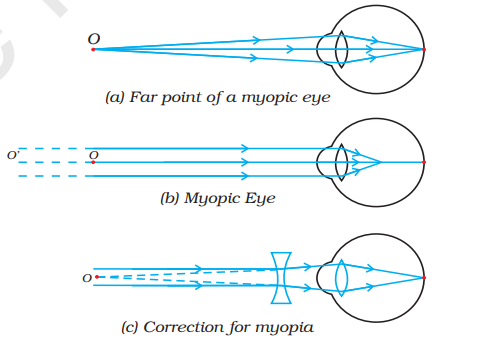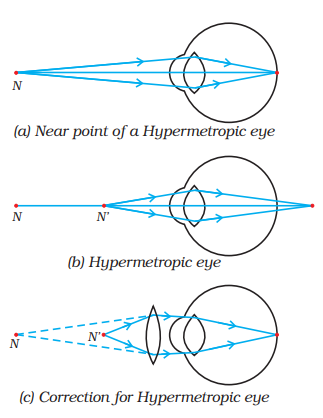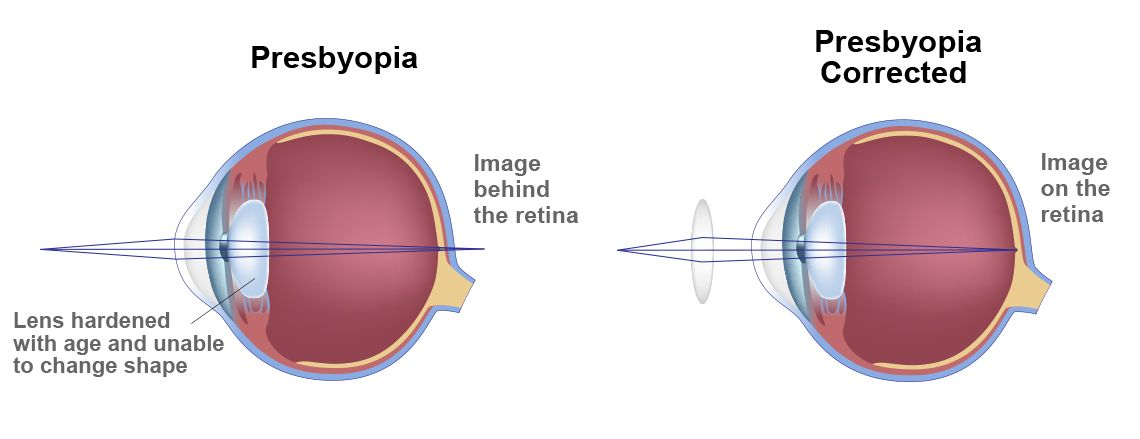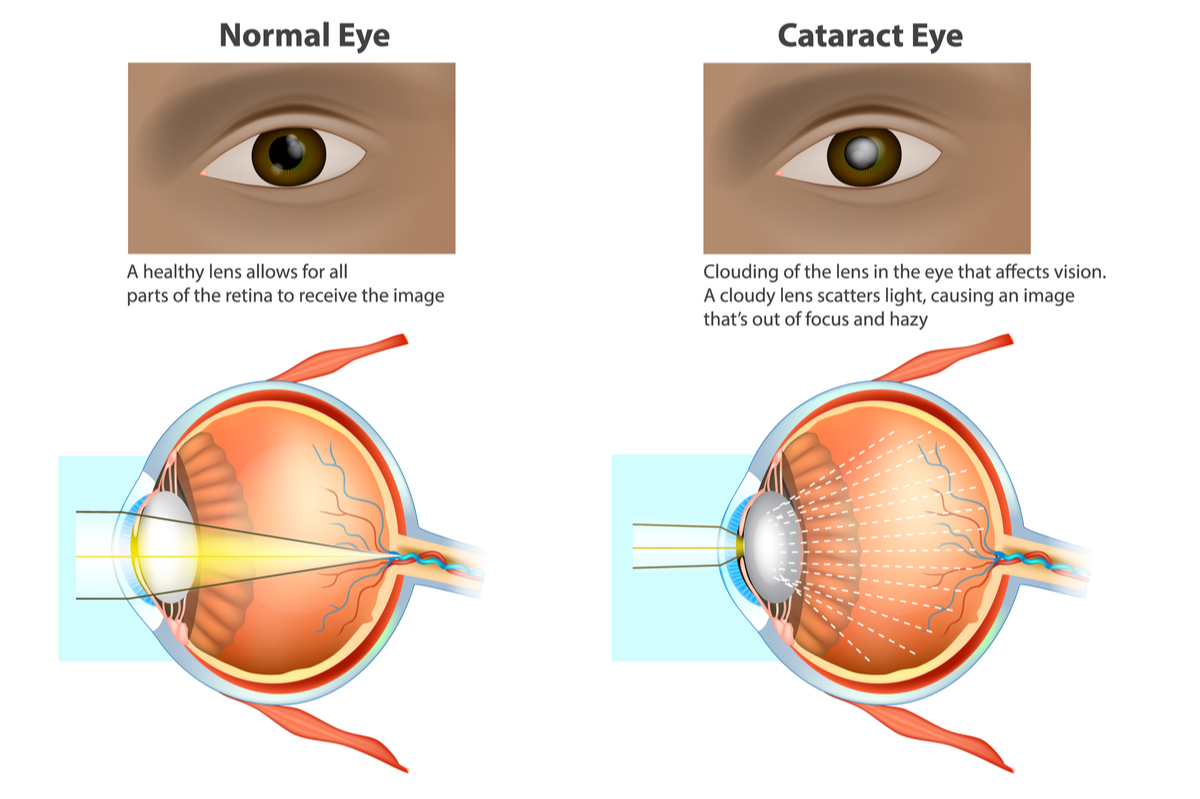World Sight Day | 29 Oct 2022
Why in News?
World Sight Day is observed globally on the second Thursday of every October.
- This year, World Sight Day is being observed on 13th October to draw attention to the issue of blindness and vision impairment among people.
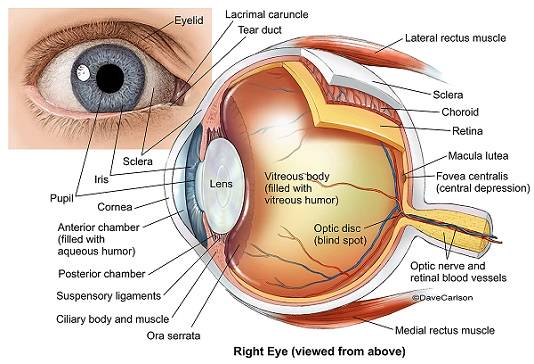
Why do we Celebrate World Sight Day?
- History:
- The day was first observed by the SightFirst campaign of the Lions Club International organisation in the year 2000.
- Since then, it has been integrated into the VISION 2020: The Right to Sight (V2020) plan.
- The V2020 plan which was launched in 1999 is coordinated by the International Agency for the Prevention of Blindness (IAPB) in cooperation with the World Health Organization (WHO).
- Theme for 2022: ‘Love your eyes’
- Significance:
- This day is significant because there are more than a billion people across the globe who cannot see properly as they do not have access to glasses. Out of them, one billion people are suffering with preventable vision impairment.
- Poor or lost eyesight leave long-lasting effects on every aspect of life, such as on daily personal activities, school & work, daily routine and interacting with the community.
What are the Different Defects of Vision?
- Myopia or Near-Sightedness:
- In this condition, the person can see the objects nearby but cannot see distant objects clearly.
- Faraway objects appear blurry, and a person will not be comfortable seeing them.
- Myopia occurs when the shape of the eyes causes light rays to bend in the wrong direction, focusing images in front of the retina rather than on it.
- Myopic eye defect can be corrected by using concave lens.
- Hypermetropia or Far-Sightedness:
- Hypermetropia is commonly known as far-sightedness and convex lens is used to treat it.
- In this condition, the person can see objects at a distance but cannot see nearby objects clearly.
- Usually, the person with this disorder squints to see nearby objects.
- Hypermetropia is caused when the light rays from a closeby object are focused on a point behind the retina.
- Presbyopia:
- Presbyopia is the gradual loss of the eyes' ability to focus on nearby objects.
- The symptoms of presbyopia usually begin around the age of 40 and worsen until around 65.
- To correct this defect, a person is prescribed bifocal lens that has both types of lenses - convex and concave.
- Cataract:
- It is the medical condition in which the lens of the eye of a person becomes progressively cloudy resulting in blurred vision. It can be treated by Surgery.
- Cataract develops when the eye-lens of a person becomes cloudy (or even opaque) due to the formation of a membrane over it. Cataract decreases the vision of the eye gradually.

